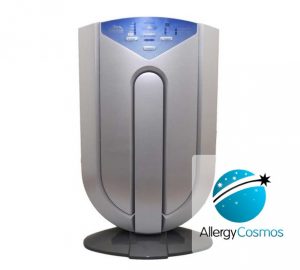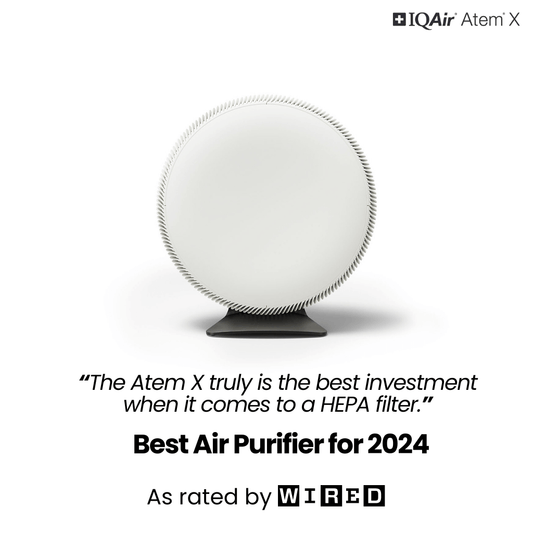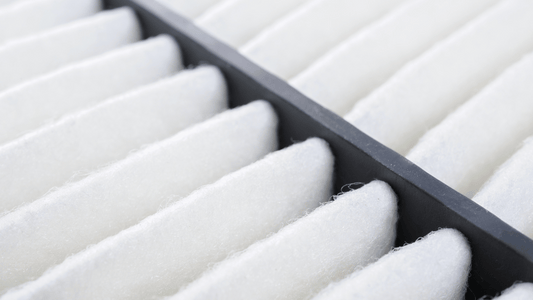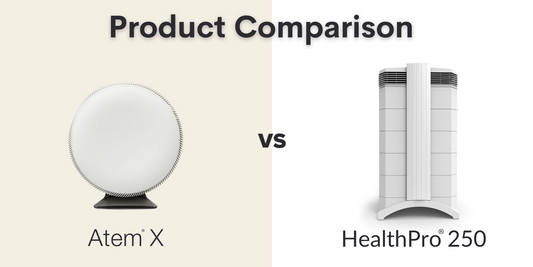Photocatalytic Oxidation in air purifiers is a type of 'filtration technology' in the air purification industry. Photocatalytic Oxidation is supposed to remove general toxins and microorganisms from the air.
Volatile organic compounds (VOCs) and microorganisms are two major pollutants in indoor air pollution. Exposure to VOCs, such as formaldehyde, causes a range of both short and long-term health problems, from sore eyes to possibly cancer. Meanwhile, exposure to bacteria and viruses can obviously cause infections, which may escalate among those with impaired immunity, such as the elderly, children and hospital patients.
Standard technologies for removing VOCs and microorganisms from indoor air include activated charcoal adsorption, biofiltration and thermal oxidation. The activation charcoal route does not “remove” the chemicals as such, but actually transforms them from the gaseous or airborne form into a solid phase on the charcoal. Thermal oxidation does destroy pollutants, but the chemical reactions that do so, take place at elevated temperatures only.
Photocatalytic oxidation in air purifiers involves a light-mediated chemical transformation of pollutants on a catalytic surface. When Photocatalytic oxidation is 100% effective, VOCs and microorganisms are fully converted into carbon dioxide and water. Photocatalysis creates reactive oxygen species, which react with carbon, hydrogen and oxygen atoms in the pollutants. The most common catalyst used in Photocatalytic oxidation is titanium dioxide, although zinc oxide, tungsten dioxide and zirconium dioxide have also been used. The catalyst may also be doped with iron, platinum or silver to improve performance.
The Photocatalytic oxidation in air purifiers has technology which operates at room temperature and pressure. The catalyst regenerates itself (a characteristic of all catalysts – they speed up a chemical reaction, but remain unchanged in themselves) meaning that Photocatalytic oxidation in air purifiers has theoretically a long life duration.
There are some significant drawbacks to photocatalytic oxidation in air purifiers, however. Perhaps the main concern is that conversion to carbon dioxide and water is not always 100% and intermediates, such as formaldehyde, acetaldehyde, formic acid and acetic acid, may be formed and not further converted. These may, in fact, be more toxic than the original pollutants. The efficiency of conversion depends upon many different factors, like pollutant concentration, the wavelength of the light, the nature of the catalyst and the nature of the pollutant mix. Some light sources also generate ozone under photocatalytic oxidation conditions which is, in itself, a potent pollutant which harms the lungs.
More research is needed into photocatalytic oxidation in air purifiers. For instance, there are no studies into the direct health effects of the use of photocatalytic oxidation in air purifiers in real-world indoor environments. The research so far has been focused upon the performance of photocatalytic oxidation in laboratory conditions and not in a typical home, office or hospital. These studies are urgently needed before Photocatalytic oxidation in air purifiers systems can be relied on as a practical method of improving air quality.
There are also many ways in which the technology itself could be improved. Novel nanoparticle catalysts look promising, for instance. It would also be useful to develop Photocatalytic oxidation air purifiers that work with visible or solar light, rather than ultraviolet light. In conclusion, Photocatalytic oxidation in air purifiers show great promise but, at present, should be regarded as a technology for the future. Beware, therefore, of exaggerated claims on Photocatalytic oxidation in air purifiers!




